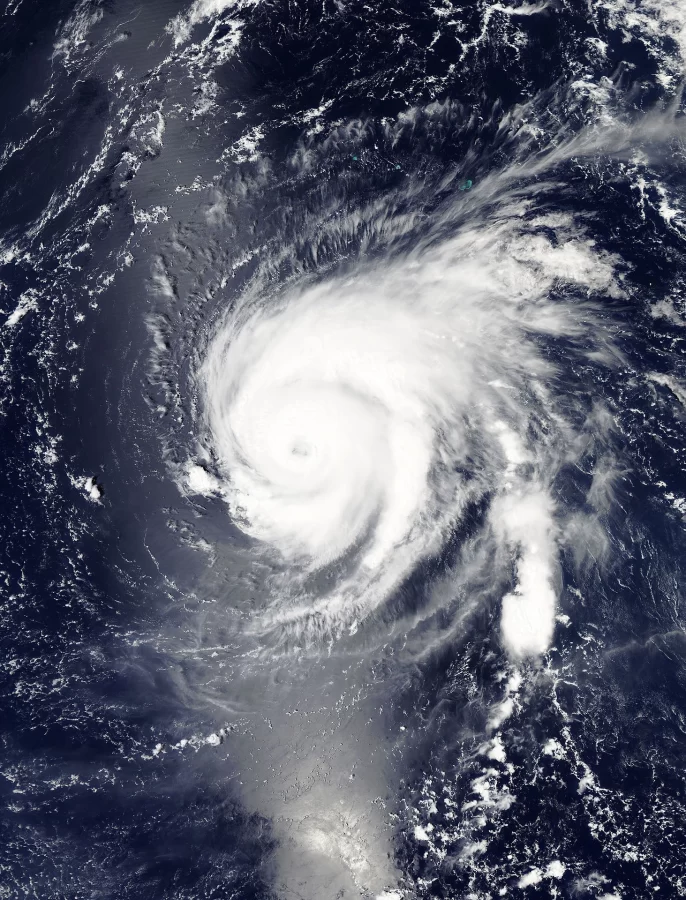Hurricane Fiona
September 23, 2022
Hurricane Fiona, which began as a Category 1 hurricane, made landfall on Puerto Rico–which is a US territory–Sunday afternoon around 3:20pm EST with a wind speed of 85 mph. Across Puerto Rico, a maximum of 30 inches of rainfall is expected.
Even before it hit land, the hurricane’s effects were felt by the Puerto Ricans, as the entire island had lost power Sunday morning. The governor of Puerto Rico confirmed the countrywide blackout on Twitter promising that officials have taken proper procedures to restore the power as this situation is familiar to the Puerton Ricans but is still causing low-level panic. The blackout five years ago from Hurricane Maria (in September 2017), left many residents without power for over three months, though the government assures citizens that will not be the case this time. Not only has the blackout left residents without electricity, but it has also left them without clean water because they also lost the filtration system necessary for drinkable water. While the president says they are doing what they can to restore water to homes, it is not evident when this issue will be fixed.
Sunday morning, President Joe Biden approved an emergency declaration for Puerto Rico, opening up resources, including the Federal Emergency Management Agency, for emergency response and disaster relief efforts. More than 120 shelters and 2,500 cots have been made available for residents of Puerto Rico facing hardships due to flooding. Classes are canceled for students and government workers have been told to stay home until it is safe.
Hurricane Fiona has devastated much of the Caribbean islands and is now on its course upward hitting Bermuda and Atlantic Canada as a Category 4 hurricane. Bermuda has been experiencing massive waves and power outages as effects of the oncoming hurricane. So far, eight people have been killed.

